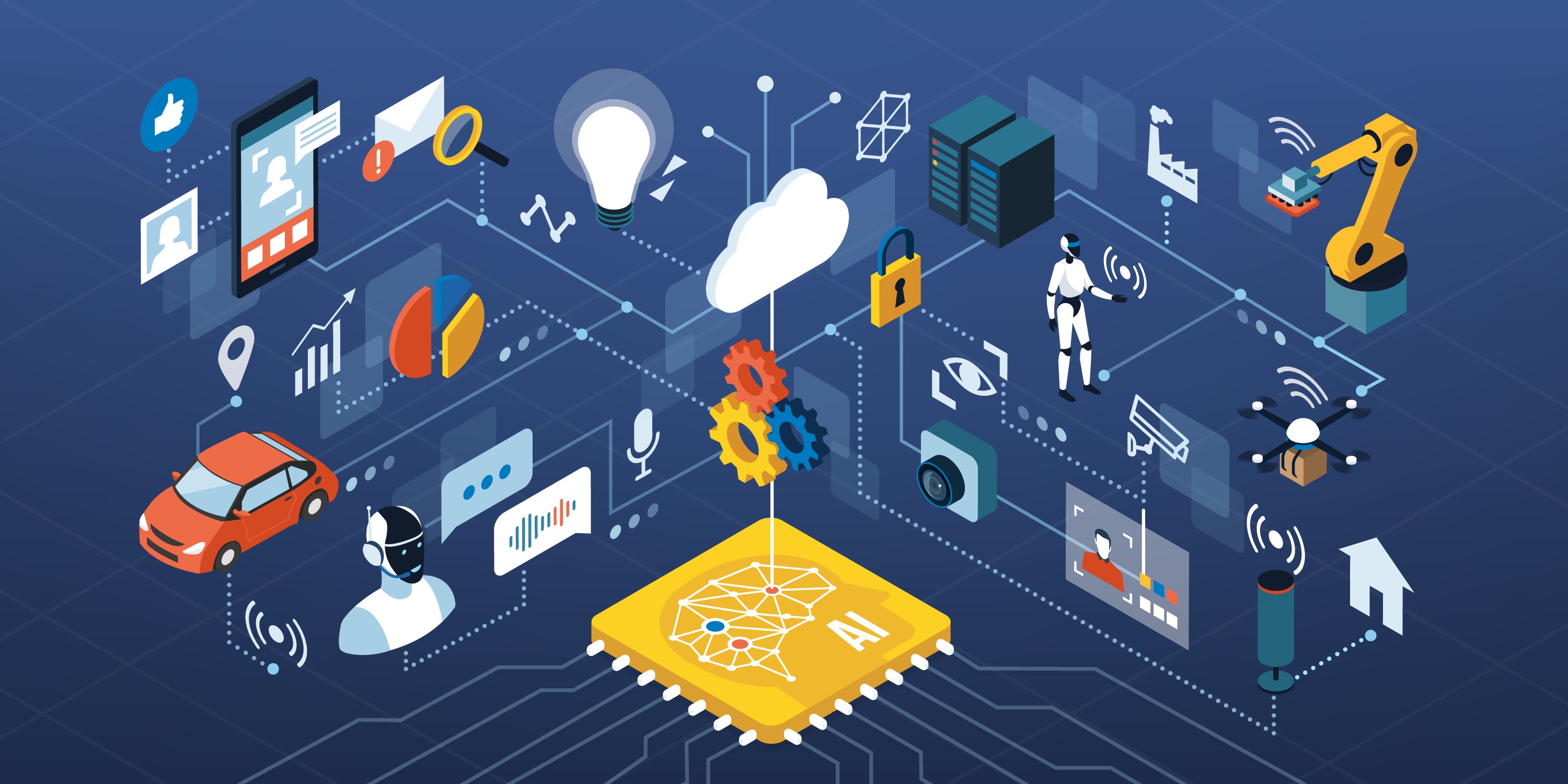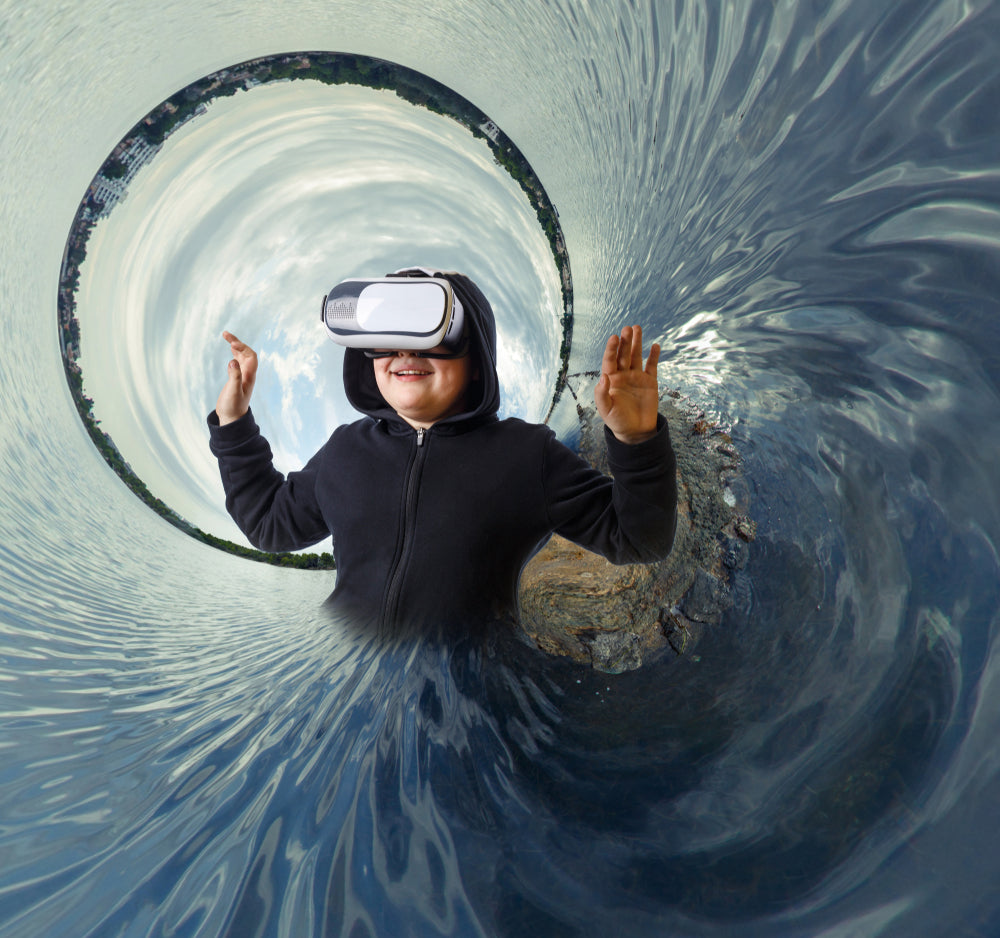
VR devices can provide an unprecedentedly realistic visual experience, but they also demand higher comfort requirements. This is because the VR headset covers the entire visual range of the human e...
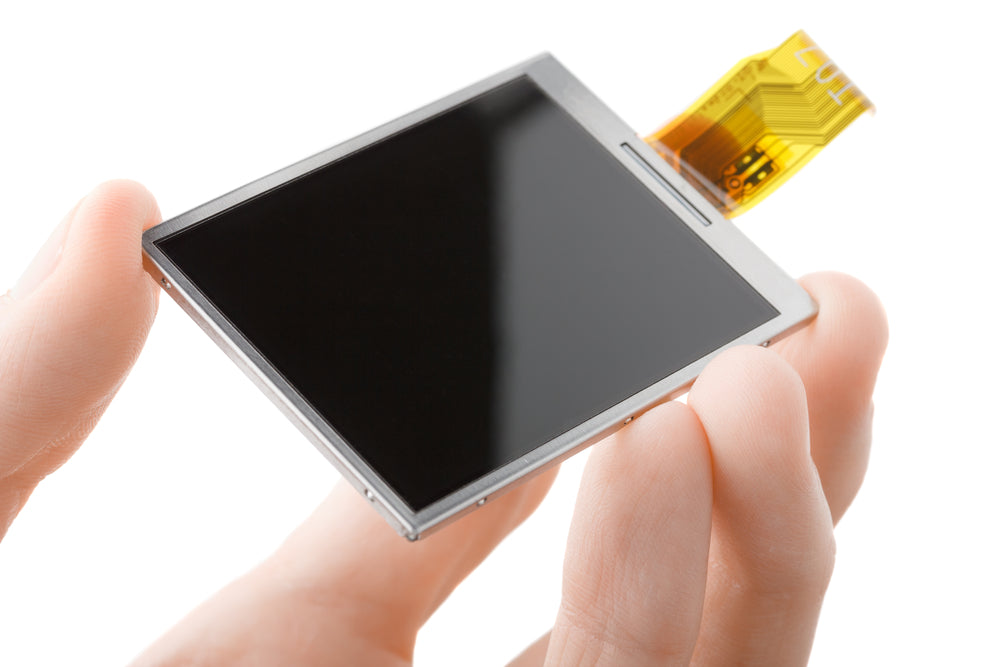
OLED technology is a type of organic light-emitting diode technology that works by applying an electric field to cause organic light-emitting materials to emit light between electrodes. An OLED dis...
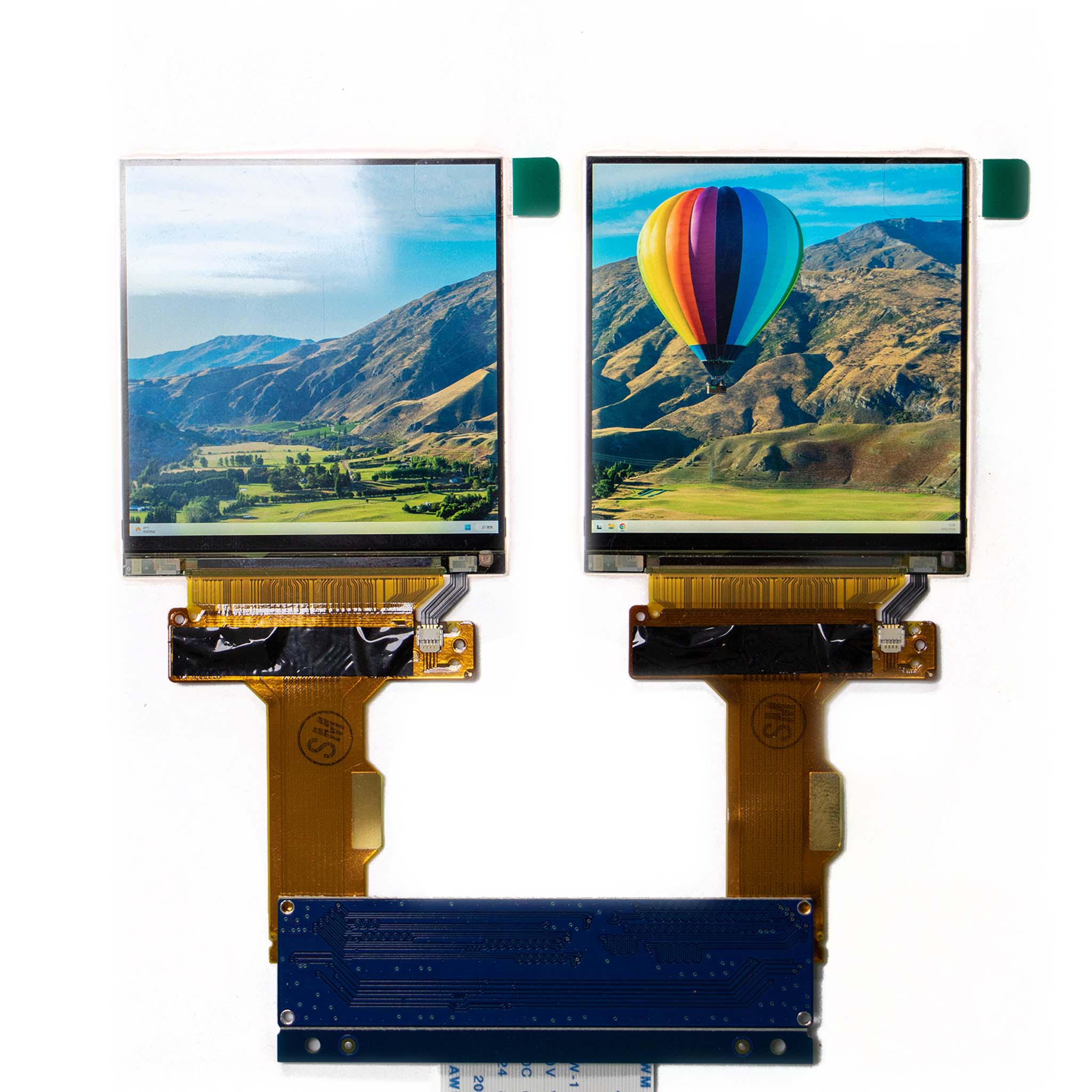
Fast-LCD thrives in VR for its 90-120Hz refresh rates, ≤1ms response cutting motion blur, and zero burn-in risk vs OLED. Cost-effective, it pairs well with Pancake optics (e.g., Meta Quest 2), bala...
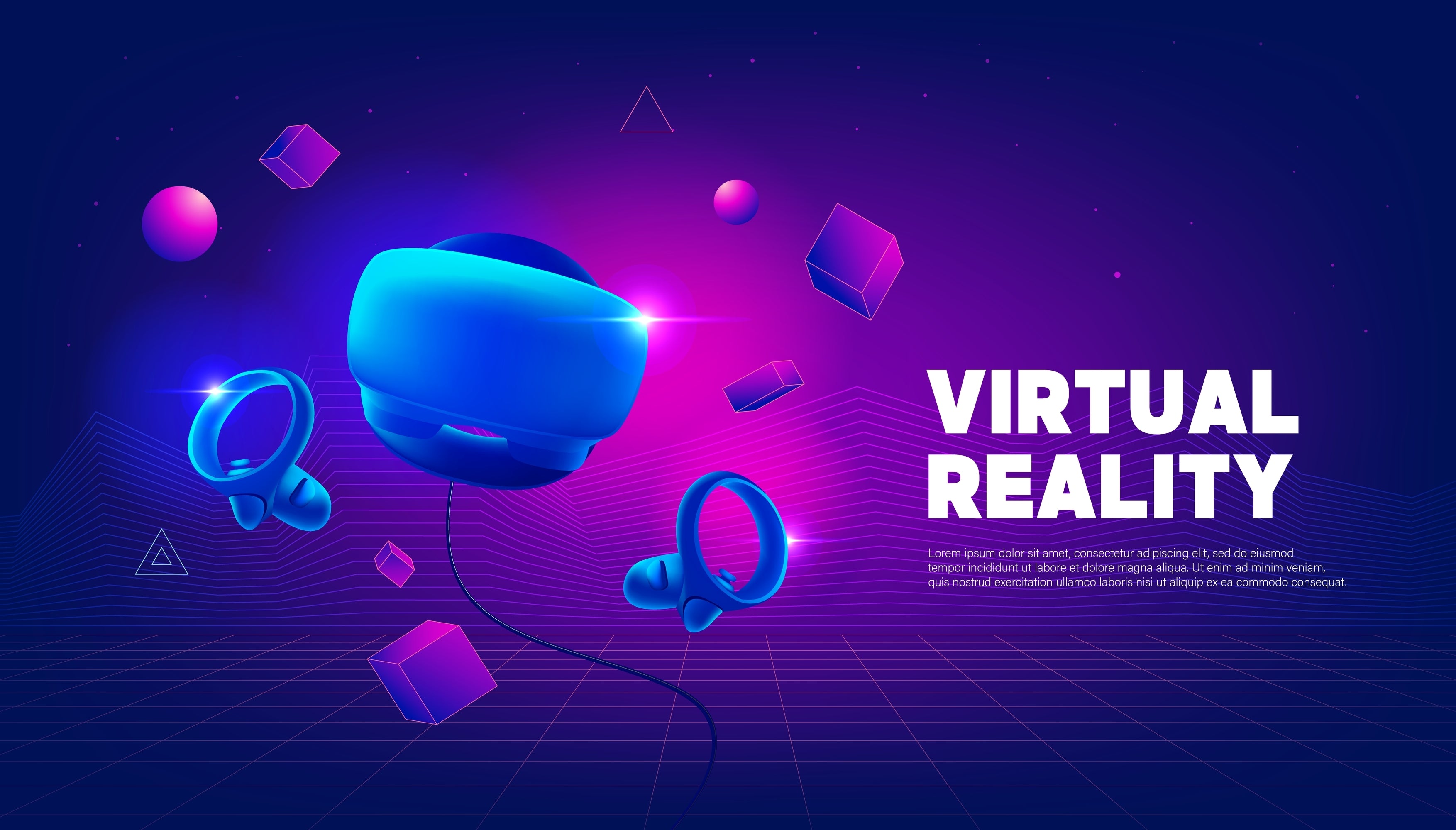
AR and VR are two distinct technologies used in the realm of digital experiences. AR stands for Augmented Reality, while VR stands for Virtual Reality. Augmented Reality (AR) is a technology that s...
Augmented reality (AR) is a rapidly developing technology that is changing the way we interact with the world around us. AR applications overlay virtual content onto the real world, requiring displ...

AR glasses generate stereoscopic depth using dual micro-displays (e.g., 500+ PPI OLEDs) projecting slightly offset images—2-5mm horizontal disparity per eye. Brain fuses these via binocular paralla...
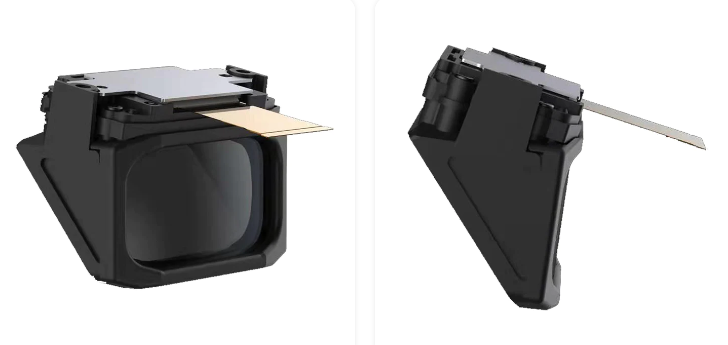
Augmented Reality (AR) systems use various optical solutions to overlay digital information on the real world. The industry adopts prism scheme, off-axis optical scheme, free surface scheme, birdba...
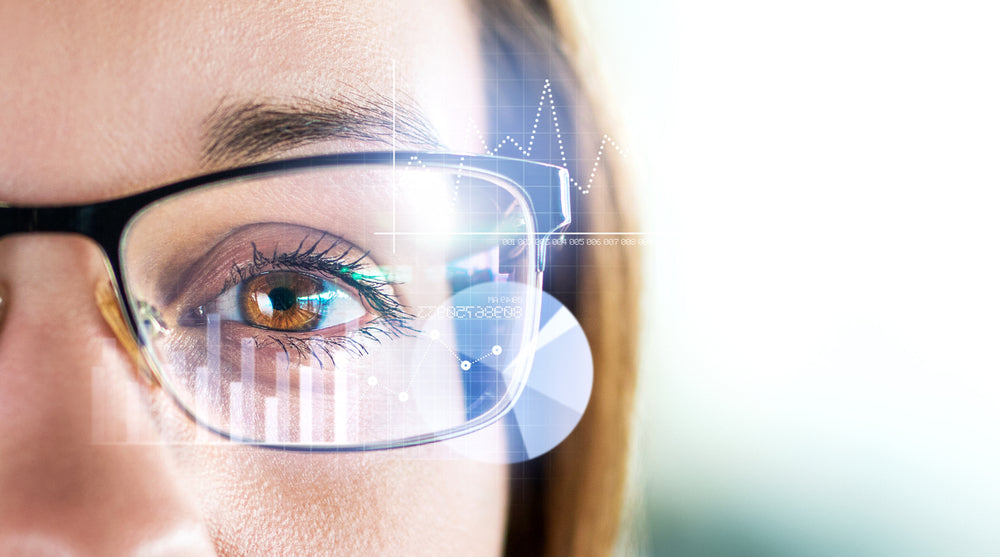
What is free surface? A freeform surface is a surface that does not have a simple mathematical formula or a regular geometric shape, such as a sphere or a cylinder. Instead, it can be described as ...
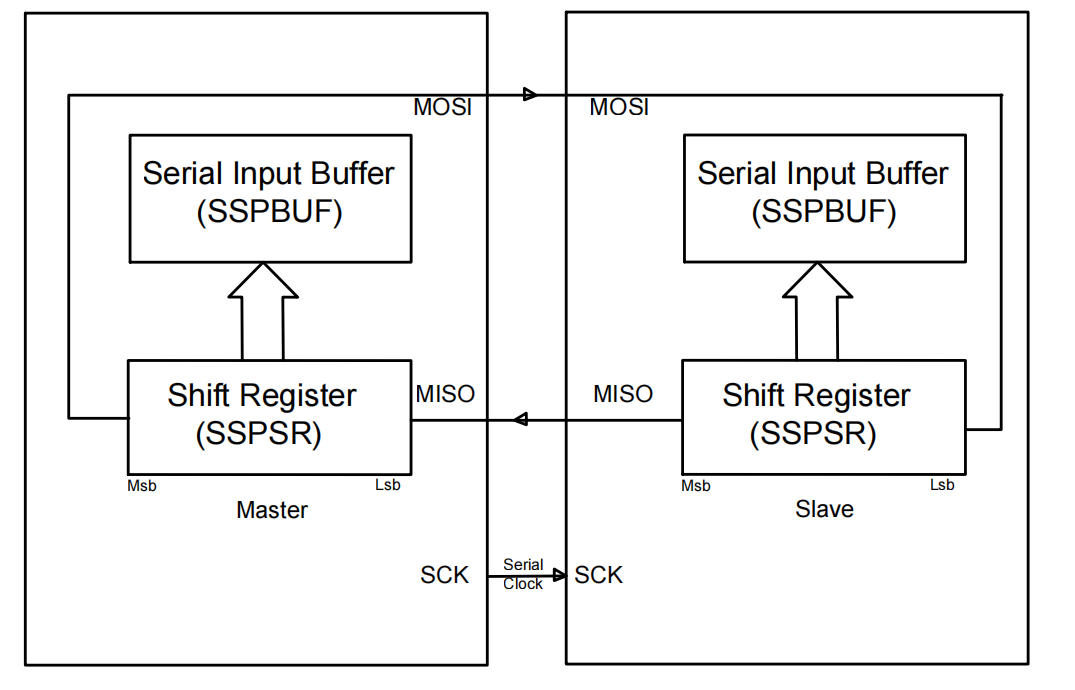
Introduction SPI(Serial Peripheral interface). It was first defined by Motorola on its MC68HCXX family of processors. The SPI interface is mainly used between EEPROM, FLASH, real-time clock, ...


